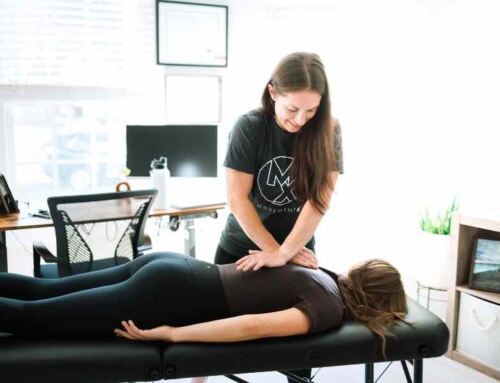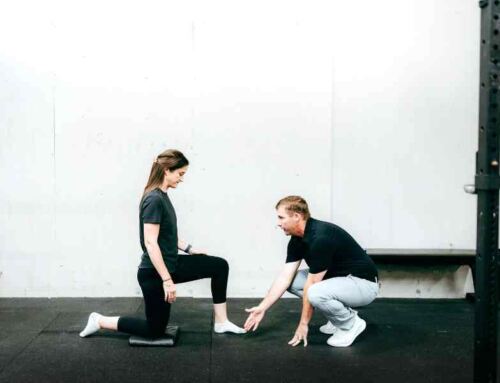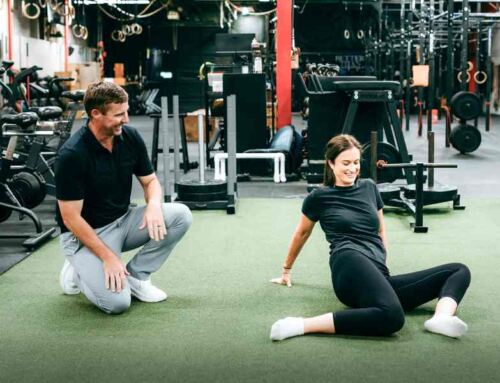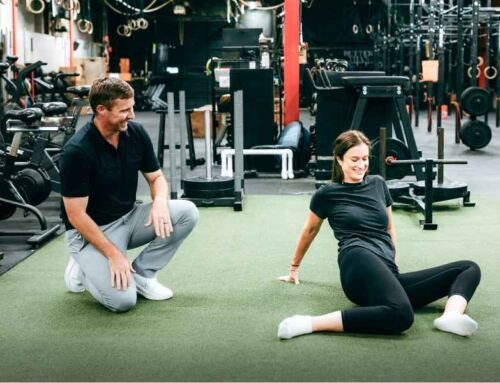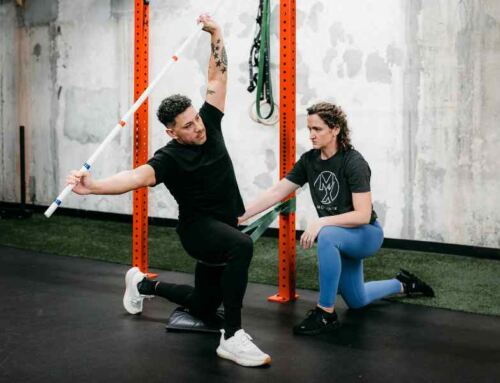Blood Flow Restriction (BFR) training is gaining popularity among fitness enthusiasts, athletes, and rehabilitation specialists due to its unique ability to produce significant gains in muscle strength and size while using lighter weights. This technique involves applying a cuff (think blood pressure cuff) to restrict blood flow to specific limbs during exercise, making muscles work harder than they typically would.
In this blog, I’ll share the key benefits of BFR and how it can be an excellent addition to your fitness routine.

1. BFR Promotes Muscle Growth with Less Weight
One of the primary benefits of BFR is its ability to stimulate muscle hypertrophy (growth) even with lighter loads. Traditional strength training typically requires heavy weights to induce muscle growth, but BFR enables individuals to achieve similar results using significantly lighter weights (around 20-30% of your one-rep max).
This is particularly advantageous for those recovering from injuries or people who want to reduce the risk of joint strain while still gaining strength.
2. Enhances Strength and Endurance
Research has shown that BFR training improves both muscle strength and endurance. By restricting blood flow, BFR increases the accumulation of metabolic byproducts in muscles, creating an environment that triggers muscle growth and enhances endurance capacity.
3. Faster Recovery from Injury
BFR is frequently used in rehabilitation settings for its ability to help individuals recover from injuries more quickly. By applying BFR during low-intensity exercise, the technique promotes muscle activation and the release of growth factors, which accelerate tissue repair and recovery.
For individuals who are recovering from surgery or an injury, BFR training allows them to maintain or even build strength without putting excessive stress on healing tissues.
4. Improves Muscle Activation
BFR forces the muscles to work harder than they would under normal conditions, leading to enhanced muscle activation. By restricting blood flow, BFR increases the recruitment of muscle fibers, especially the fast-twitch fibers, which are responsible for generating high amounts of force. This leads to greater overall muscle engagement, contributing to more efficient and effective training.
5. Decreased Joint Stress
Since BFR allows for significant strength gains with lighter loads, it significantly reduces the stress placed on joints and connective tissues. This is particularly beneficial for individuals who are recovering from injuries, those with joint pain or arthritis, and even older adults who may be more vulnerable to joint wear and tear. As a result, BFR provides a way to improve strength without overloading the joints.
6. Increased Circulation and Vascular Health
Though BFR restricts blood flow during exercise, it has been shown to improve vascular health over time. The intermittent occlusion of blood flow stimulates the production of nitric oxide, which helps dilate blood vessels, enhancing circulation and overall cardiovascular health. Over time, this can lead to better blood flow and improved oxygen delivery to muscles during and after exercise.
7. Convenient for Time-Crunched Individuals
BFR training allows you to achieve significant muscle-building benefits in a shorter amount of time compared to traditional weightlifting. Since BFR uses lighter weights but still induces substantial muscle stress, you can achieve similar results in a fraction of the time, which is great for busy individuals looking to maximize their training efficiency.

Is Blood Flow Restriction Training Right for Me?
Although very effective for many, BFR is not right for everyone. Some precautions to use include:
- Venous thromboembolism
- Impaired circulation or peripheral vascular compromise
- Previous revascularization of the extremity
- Extremities with dialysis access
- Acidosis
- Extremity infection
- Tumor distal to the tourniquet
- Medications and supplements known to increase clotting risk
- Open fracture
- Increased intracranial pressure
- Open soft tissue injuries
- Post-traumatic lengthy hand reconstructions
- Severe crushing injuries
- Severe hypertension
- Elbow surgery (where there is concomitant excess swelling)
- Skin grafts in which all bleeding points must be readily distinguished
- Secondary or delayed procedures after immobilization
- Vascular grafting
- Lymphectomies
- Cancer
How to Safely Incorporate BFR into Your Routine
To reap the benefits of BFR, it’s important to follow proper guidelines to ensure safety and effectiveness. Here are a few tips:
Consult with a professional
If you are new to BFR, it’s recommended to work with a certified trainer or healthcare provider, especially if you have any underlying health conditions.
Use the correct equipment
BFR bands or cuffs should be used properly to avoid excessive restriction, which can lead to injury. There are specialized BFR bands designed for this purpose, and they should be applied to the upper portion of the limb.
Start with lower intensities
If you’re new to BFR training, begin with lower intensity exercises and lighter weights to see how your body responds.
Follow proper protocols
BFR typically involves working in sets of higher repetitions (15-30 reps), so ensure that you’re following the correct rep schemes and rest periods to maximize the benefits.
Conclusion
Blood Flow Restriction training offers a range of benefits for individuals looking to enhance their strength, muscle growth, and rehabilitation efforts. Whether you’re an athlete looking to improve performance, someone recovering from an injury, or just looking for a more efficient way to build muscle with less strain on your joints, BFR could be the game-changer you’ve been looking for.
Finally, always ensure that you’re using the technique safely and effectively to fully enjoy its benefits.
About the Author
Dr. Julie Johnson is a physical therapist in the Fairfax, Virginia region. Among Julie’s specialties are Pediatrics (and Pediatric Athletes), Orthopedics, Running Analysis, Spine injuries (low back pain, surgical, McKenzie Method), Vertigo, and Post-Operative Care. Julie is also certified in Blood Flow Restriction therapy (Owens Recovery) and Sportsmetrics™. Beyond her practice, Julie loves activities from hiking, to sports, and also has a love for animals, coffee and warm weather.



